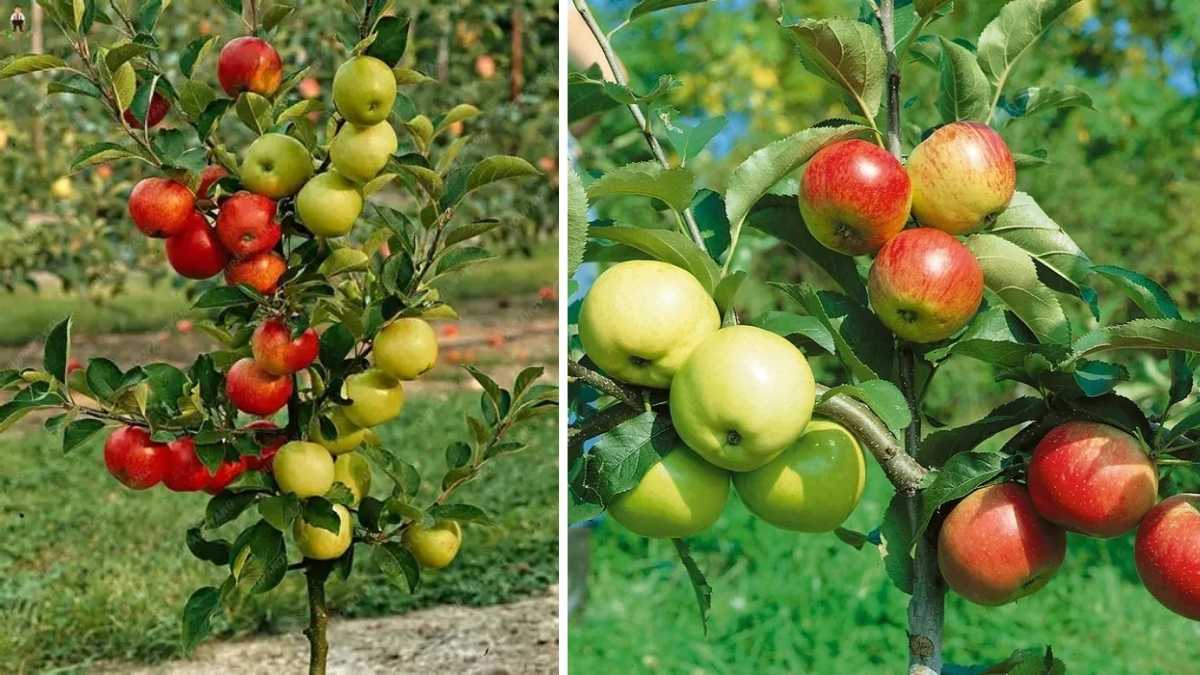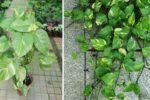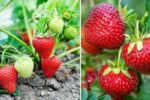Apples are one of the most popular fruits around the world, known for their crisp texture, refreshing sweetness, and versatility. While traditional apple trees often need large spaces, dwarf apple trees are perfect for small gardens, balconies, or even patios. These compact trees not only produce full-sized apples but also thrive in tiny spaces, making them ideal for people with limited gardening room.
In this guide, we’ll walk you through everything you need to know to grow your own dwarf apple tree, including selecting the right variety, planting, caring for, and harvesting your apples.
Choosing the Right Dwarf Apple Tree
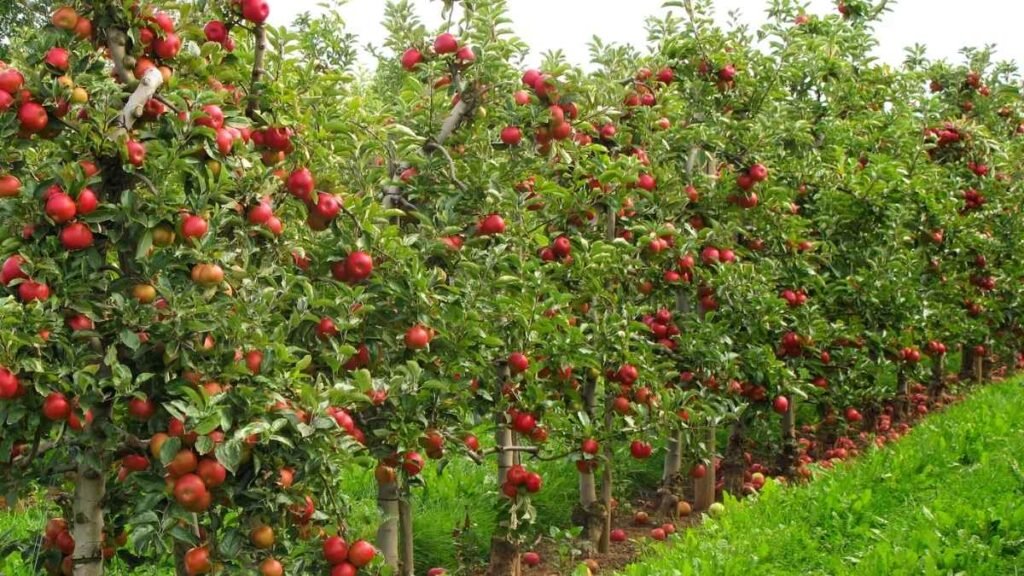
The key to success in growing apples in small spaces is picking the right variety of dwarf apple tree. These trees are specially bred to be smaller, yet they still produce full-sized apples.
Types of Dwarf Apple Trees:
- Standard Dwarf Trees: Grow 8–10 feet tall, ideal for small backyards.
- Ultra-Dwarf Trees: Stay around 4–6 feet tall, making them perfect for containers, patios, or balconies.
Popular Varieties for Small Spaces:
- ‘Gala’: Known for its sweet, crisp apples. It’s also a great option for containers.
- ‘Fuji’: Sweet and firm, perfect for eating fresh.
- ‘Honeycrisp’: Juicy and aromatic, with natural resistance to diseases.
- ‘Liberty’: Disease-resistant and perfect for compact gardens.
- ‘Granny Smith’: Tart, versatile apples that are easy to grow in small spaces.
Pollination Tips:
Some apple varieties are self-pollinating, but others need another tree nearby for cross-pollination. Make sure to choose compatible varieties if you want consistent fruit.
Picking the Perfect Spot
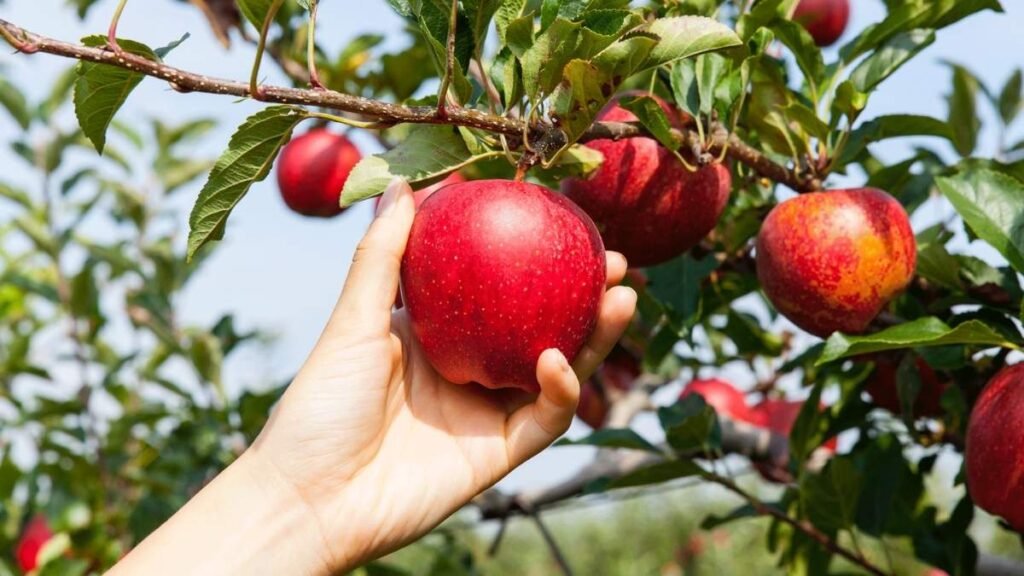
Dwarf apple trees need the right environment to grow well. Here’s how to choose the best location for your tree:
Sunlight:
Dwarf apple trees need full sunlight about 6–8 hours a day so pick a spot that gets plenty of sun for most of the day. This will help the tree produce strong fruit.
Soil:
Well-drained soil is essential. Avoid areas that stay too wet after rain, as standing water can damage the roots. The best soil for apple trees is slightly acidic to neutral, with a pH between 6.0 and 7.0. You can improve soil quality by adding compost or aged manure before planting.
Spacing:
While dwarf trees are compact, they still need some space to grow. Aim to leave about 6–10 feet between trees. If you’re planting ultra-dwarf varieties, 4–6 feet will be enough.
Container Planting:
If you don’t have garden space, consider planting your dwarf apple tree in a container. Make sure the pot is at least 18 inches wide and deep, and has drainage holes. This allows for proper root growth and helps with mobility, so you can move the tree indoors during bad weather.
Planting Your Dwarf Apple Tree
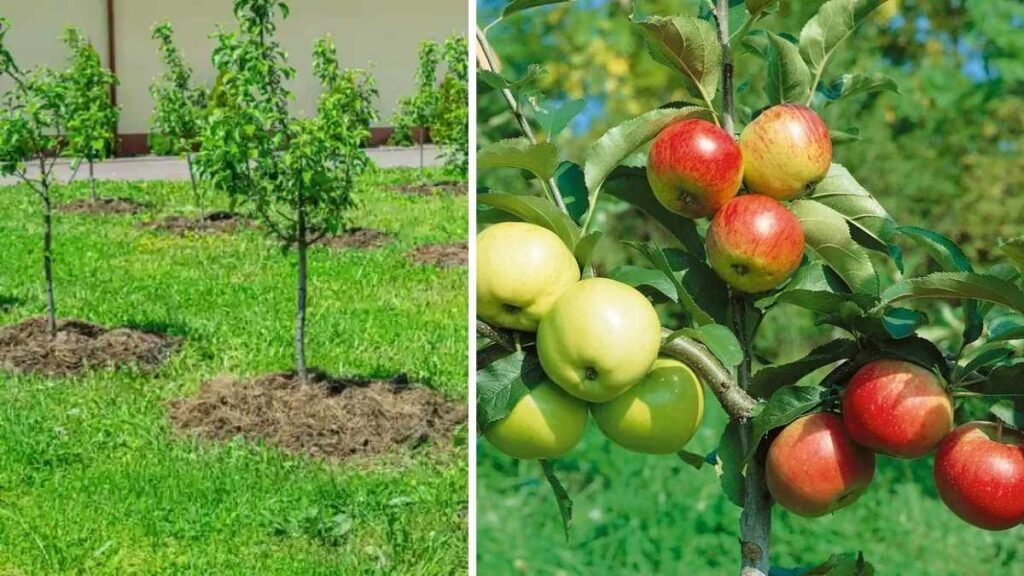
Once you’ve selected the perfect spot, it’s time to plant your tree. Proper planting ensures your tree establishes a healthy root system and grows strong.
How to Plant:
- Timing: Plant in early spring or late fall when the tree is dormant.
- Prepare the Hole: Dig a hole that’s twice the width of the root ball and deep enough that the graft union (the swollen part of the trunk above the roots) stays above soil level.
- Position the Tree: Place the tree in the hole with the roots spread evenly. Ensure the graft union stays above the soil surface.
- Fill and Water: Backfill the hole with soil, firm it gently, and water well. Apply a layer of mulch (2–3 inches) around the base of the tree to help retain moisture and reduce weeds.
If planting in a container, fill it with good-quality potting mix and ensure the tree is stable while its roots establish themselves.
Caring for Your Dwarf Apple Tree
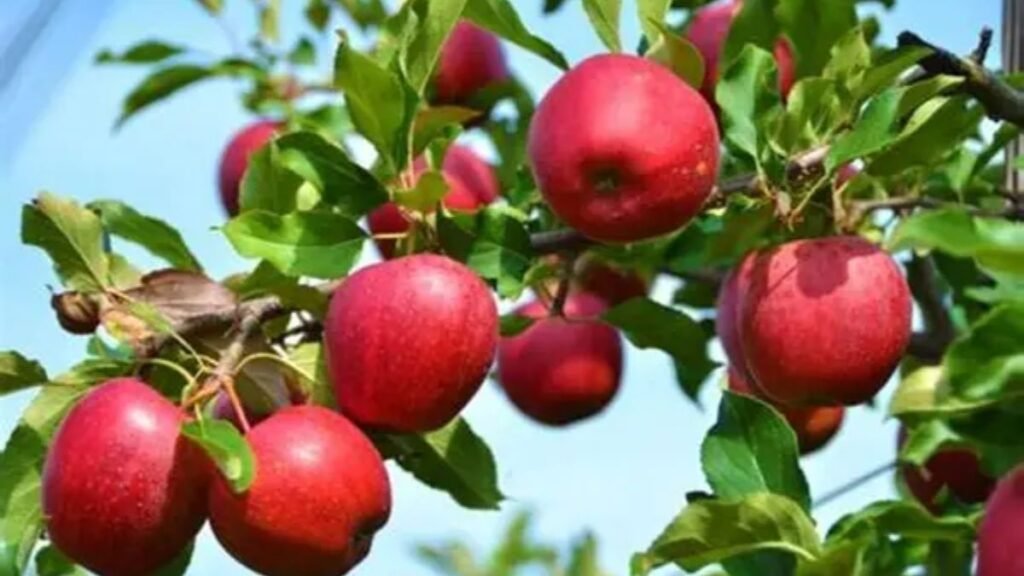
Proper care is essential to keep your dwarf apple tree healthy and productive. Here’s how to maintain your tree throughout the year:
Watering:
Keep the soil moist, especially when the tree is young. Avoid over-watering, as this can lead to root rot. For trees in containers, check the soil more often as pots dry out faster than garden soil.
Fertilizing:
In spring, use a balanced, slow-release fertilizer to help your tree grow. If your tree is producing leaves but not fruit, you may want to add nitrogen, but be careful not to overdo it, as this can reduce fruiting.
Pruning:
Prune your tree each year in late winter to remove dead or weak branches. Dwarf trees need minimal pruning compared to larger varieties, making them easier to manage in small spaces. Keep the canopy open to let in sunlight and air.
Pest and Disease Control:
Watch out for common pests like aphids, codling moths, and spider mites. Apple trees are also prone to diseases like apple scab and powdery mildew. Use natural pest control methods like neem oil or horticultural oils to keep them at bay. Regularly remove any diseased leaves or branches to prevent problems from spreading.
Pollination and Flowering
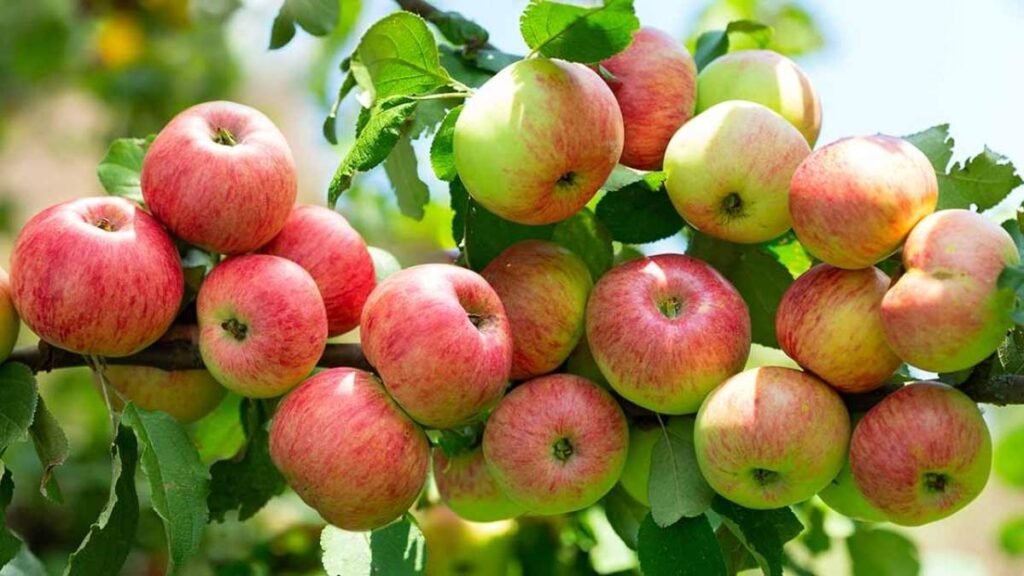
Apple trees need good pollination to produce fruit. Even self-pollinating varieties benefit from the presence of bees, which improve the fruit set.
Pollination Tips:
- Plant two compatible apple varieties close to each other (within 50 feet) if you’re not using self-pollinating trees.
- You can encourage pollinators by planting flowers like lavender, which attract bees.
Flowering Care:
Make sure your tree gets enough sunlight and moderate water during flowering. Avoid heavy fertilizing at this stage, as it may interfere with fruiting.
Harvesting Apples
Knowing when to harvest your apples is key to enjoying their best flavor.
How to Tell When Apples Are Ready:
- Color: The apples should match the typical color for that variety.
- Firmness: Ripe apples are firm but not too hard.
- Ease of Picking: Apples should come off easily when twisted gently.
- Taste: The sweetness and flavor are the best indicators of ripeness.
Harvest early in the morning to keep the apples fresh longer, and use sharp scissors or pruners to avoid bruising the fruit.
Benefits of Dwarf Apple Trees for Small Gardens
Dwarf apple trees offer several advantages for gardeners with limited space:
- Space Efficiency: Perfect for patios, balconies, and small backyards.
- Early Fruit Production: Most dwarf apple trees will start bearing fruit 2–3 years after planting.
- Easy Care: These trees are simpler to prune, harvest, and care for than larger apple varieties.
- Aesthetic Appeal: With their beautiful blossoms and colorful fruit, they can add charm to any small garden or patio.
Troubleshooting Common Problems
Even dwarf apple trees can face a few issues. Here are some problems to watch for:
- Poor Fruit Set: Could be due to a lack of pollination or nutrient imbalance.
- Small Apples: Thin crowded clusters to allow the remaining apples to grow bigger.
- Yellowing Leaves: This could be from overwatering or nutrient deficiencies. Check your watering habits and soil quality.
- Pests and Disease: Regularly check your tree for pests or signs of disease and address them promptly.
Conclusion
With the right care and attention, dwarf apple trees can thrive even in small spaces. Whether you plant them in your backyard, on a balcony, or in containers, they bring the joy of homegrown fruit into your life. Choose the right variety, plant in the right spot, and provide proper care, and you’ll soon be enjoying delicious apples from your own tree.
Tip: Keep track of your tree’s growth and harvest by noting down the dates and tasks in a gardening journal. This can help you improve your tree care and get the best fruit year after year!

